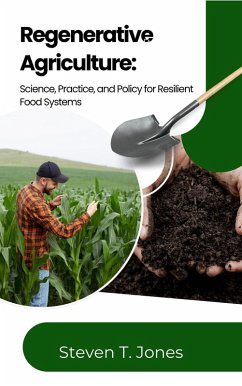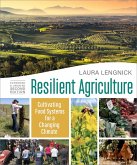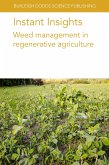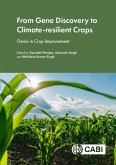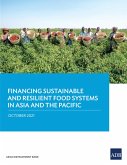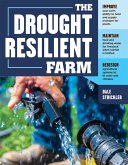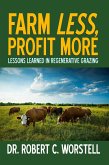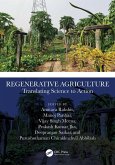Across twelve carefully structured chapters, the authors start with the global crisis of soil degradation and climate risk, then lay out the theoretical foundations of regenerative agriculture, its six key principles and the latest evidence from long-term trials and pioneering operations. You'll find in-depth explorations of no-till seeding, multi-species cover crops, holistic grazing and agroforestry, all backed by peer-reviewed data and forty years of field experimentation. Farm economics are given equal weight: profit comparisons and farmer case studies show why regenerative systems are increasingly out-performing conventional ones in yield stability and net margins.
But this book is no glossy manifesto. It tackles real obstacles-transition costs, knowledge gaps, policy lock-ins-and offers pragmatic roadmaps for scaling from pilot plots to national programs. Chapters devoted to innovation and public policy explain how AI-powered decision tools, supply-chain commitments and emerging soil-carbon markets can speed global adoption. Finally, a forward-looking chapter sketches what a fully regenerative food system could look like by 2050, grounding optimism in rigorous analysis.
Dieser Download kann aus rechtlichen Gründen nur mit Rechnungsadresse in A, B, CY, CZ, D, DK, EW, E, FIN, F, GR, H, IRL, I, LT, L, LR, M, NL, PL, P, R, S, SLO, SK ausgeliefert werden.

